The specialist's choice – Cecilia Andrén lists favourites from Important Spring Sale's Jewellery Department
Specialists choice Cecilia Andrén
We have spoken with Cecilia Andrén, Head Specialist Jewellery, who talks about the selection at this season's Important Spring Sale. She also takes the opportunity to list some of her favourite objects at this season's auction.
What can we look forward to in this season's Important Spring Sale?
– Bukowskis' jewellery department houses jewellery from various epochs and eras, elegant 18th-century necklaces coexist with modern jewellery from the 1960s and more contemporary classics from Cartier.
Browse our web catalogue and welcome to visit the viewing. Don't hesitate to email me if you have any questions.
When is the viewing and auction?
Viewing: June 8th–13th, Berzelii Park 1, Stockholm
Open: Weekdays 11 am–6 pm, Weekends 11 am–4 pm
Auction Live: June 14th–16th, Arsenalsgatan 2, Stockholm
Read more about the auction and view the catalogue
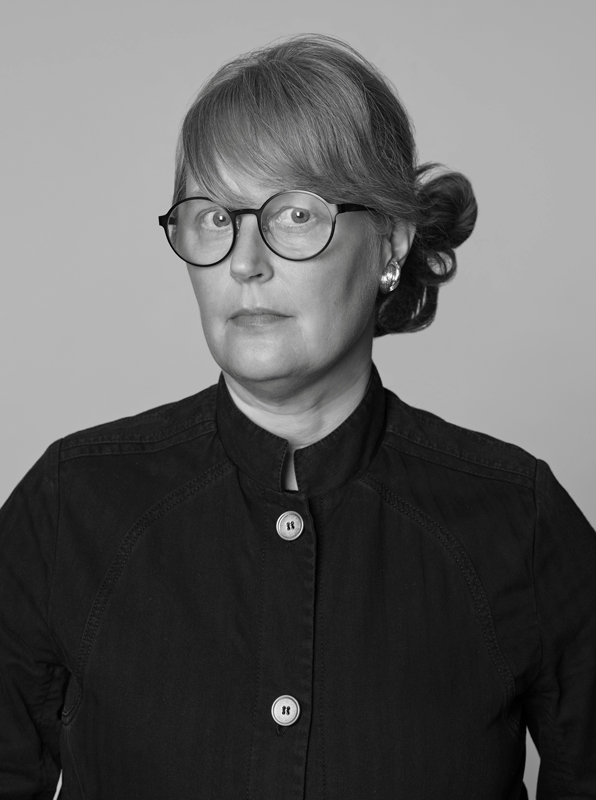
A Fabergé snow flake brooch, design Alma Pihl
It's hard to understand that Alma Pihl was virtually unknown at her death in 1976. Today, she is considered one of the foremost pioneers in jewellery art, best known for the Easter eggs she designed for the Russian imperial family. The small snowflake brooch being sold at Bukowskis' spring auction is one of the brooches Fabergé produced based on her designs on behalf of Emanuel Nobel, which he used as gifts during his business dinners.
To the brooch
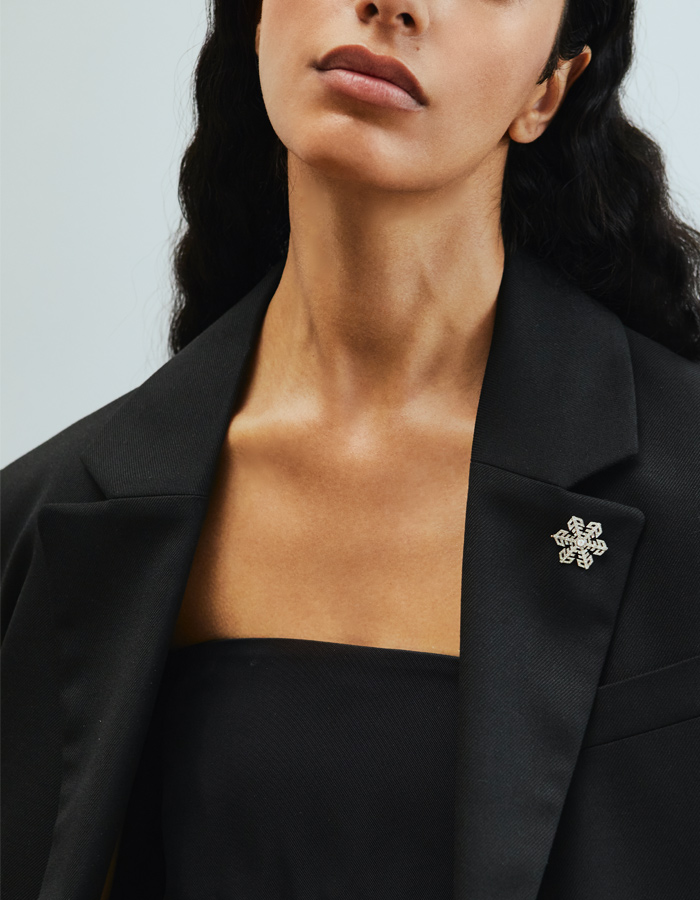
An 18K white gold Marchak brooch set with step-cut emeralds
Marchak Company was one of the foremost jewellers in Tsarist Russia, operating in present-day Ukraine. Its founder, Joseph Marchak, was called Mr. "Cartier of Kyiv." When World War I broke out, the family and the business moved to Paris, where this exquisite emerald and diamond brooch was crafted in a strict Art Deco style.
To the brooch
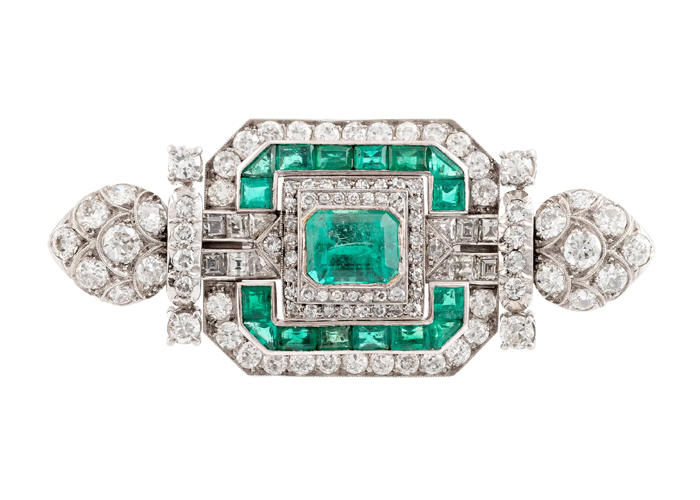
A hardstone cameo necklace and a pair of earrings in gold with enamel and set with pearls
In a cameo, one takes advantage of a material, such as a precious stone or a seashell, composed of layers of different colours. Cameo art is believed to have originated in Rome, and the finest cameos were produced during antiquity. During the Renaissance, ancient cameos were the hottest collecting items for the very wealthy, with a top-quality cameo from antiquity being more expensive than a sculpture by Michelangelo! Even Napoleon collected cameos and favoured contemporary cameo engravers, often of Italian origin. Several jewels and regalia made for Napoleon and his circle featured high-quality cameos as the centrepiece. This auction's magnificent 19th-century cameo jewellery was created in this context and is believed to have originally been a gift from Eugène de Beauharnais, Napoleon's adopted son.
To the necklace and the earrings
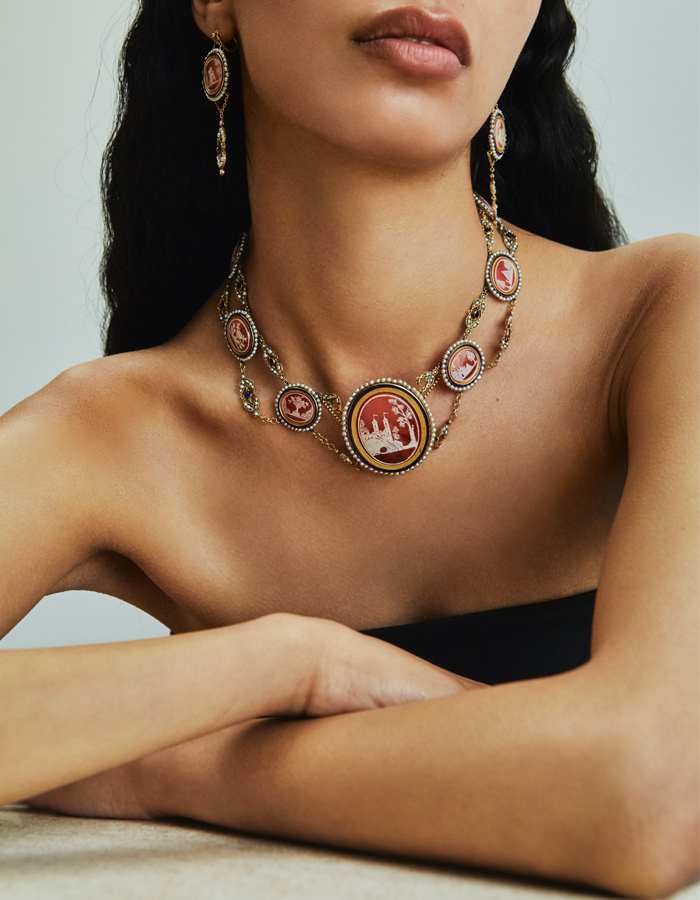
Contacts our Specialists
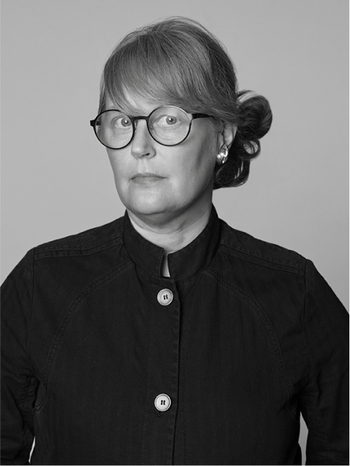
Tukholma
Cecilia Andrén
Vastaava asiantuntija, Korut
+46 (0)790 78 03 20


























